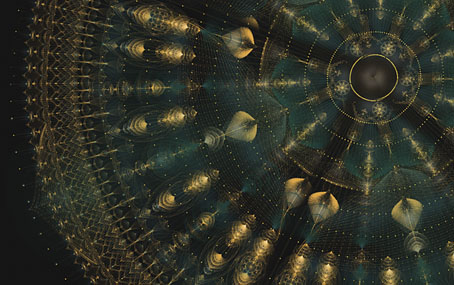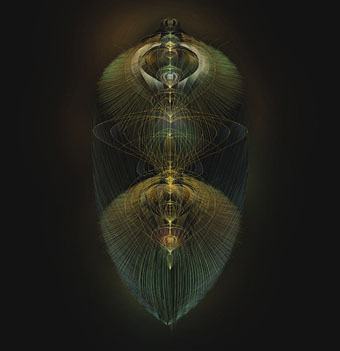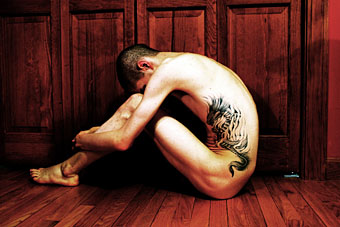One of a number of photos of the elegantly decayed houses of early Los Angeles by ex-vaudeville artist George Mann. On Bunker Hill is a site dedicated to this vanished area of the city.
These never-before-published color images of old Bunker Hill were originally displayed in 3-D viewers of Mann’s own design, which were leased to various Los Angeles businesses, including Hody’s Drive-Ins, and other restaurants, bars and doctor’s offices. Mann would swap out the photo selection regularly, so if these evocative scenes of Bunker Hill weren’t available, one might peep at Calico Ghost Town, Catalina Island, Descanso Gardens, Disneyland, Knott’s Berry Farm, Pacific Ocean Park, Watts Towers or Palm Springs. (More.)
There’s more old LA at the Vintage Los Angeles Flickr pool.
Previously on { feuilleton }
• Berenice Abbott
• Eugene de Salignac
• Luther Gerlach’s Los Angeles
• The Bradbury Building: Looking Backward from the Future
• Edward Steichen
• Karel Plicka’s views of Prague
• Atget’s Paris
• Downtown LA by Ansel Adams






